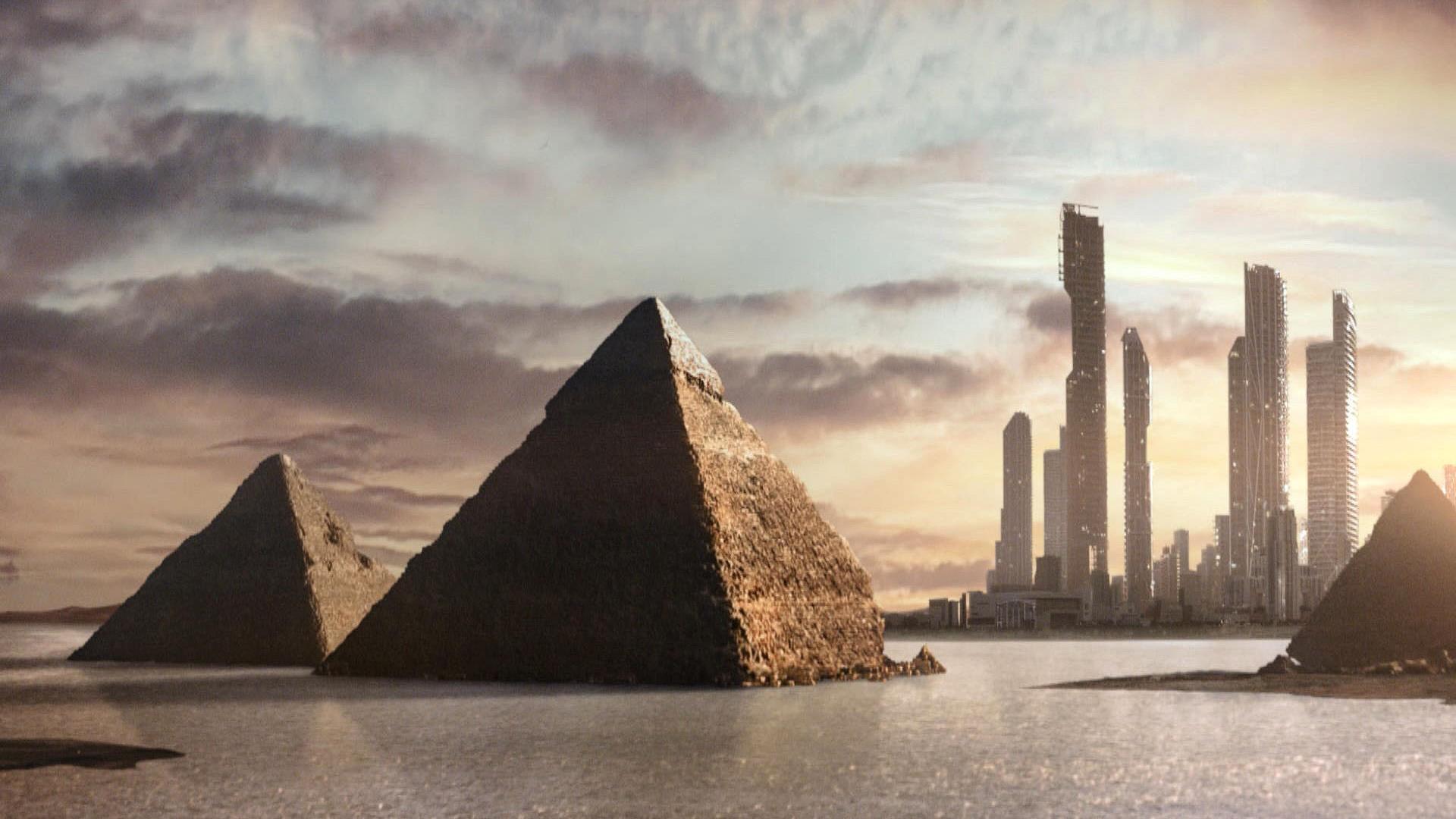Earth is the only planet that we are sure can support a technologically advanced species, but little attention has been paid to the possibility that, over 4.5 billion years, our world has produced more than one industrialized civilization.

Climatologist Gavin Schmidt, director of NASA’s Goddard Institute for Space Studies, along with Adam Frank, a scientist at the University of Rochester, decided to investigate this assumption and wrote together an article called “The Silurian hypothesis: would it be possible to detect an industrial civilization in the geological record?”

The term “Silurian” was borrowed from the British science fiction series “Doctor Who“, which refers to a reptilian race that lived on Earth millions of years before the emergence of our own society.
Published in the International Journal of Astrobiology, the paper describes the type of signature that a technologically competent species can leave behind. Schmidt and Frank use projected traces of the Anthropocene, the current era in which human activity is influencing planetary processes, such as climate and biodiversity, as a guide to what we could expect from other civilizations.
It is worth remembering that any massive revealing structures are unlikely to remain preserved over tens of millions of years of geological activity, this applies both to human civilization and to any possible “Silurian” precursors on Earth.
Instead, Schmidt and Frank propose the search for more subtle signs, such as by-products of the consumption of fossil fuels, mass extinction events, plastic pollution, synthetic materials, interrupted sedimentation of agricultural development or deforestation and radioactive isotopes potentially caused by nuclear detonations.
“You really have to dive into many different fields and gather what you can see,” said Schmidt. “It involves chemistry, sedimentology, geology and all these other things. It is really fascinating”, he added.
Drake equation
The scientists’ article links the Silurian hypothesis to the Drake equation, which is a probabilistic approach to estimating the number of intelligent civilizations in the Milky Way, developed by the famous astronomer Frank Drake in 1961.

One of the main variables in the equation is the time that civilizations are able to transmit detectable signals. A proposed reason for not being able to get in contact with an alien species is that this time duration variable can be extremely short, either because technologically advanced civilizations self-destruct or because they learn to live sustainably in their home worlds.
According to Schmidt, it is possible that a civilization’s detectable period is much shorter than its real longevity, because we, humanity, cannot last long by doing the kinds of things we are doing. We stop because we screwed up or learn not to.
Anyway, the explosion of activities, waste and massive amounts of tracks are, in fact, a very short period of time. Maybe it happened a billion times in the Universe, but if it only lasted 200 years every time, we would never observe it.
Silurian Hypothesis
The same logic holds true for any previous civilizations that may have appeared on Earth, only to collapse into ruins or to reduce activities that threaten its useful life. There are definitely some not-so-subtle lessons that humans can draw from this bifurcated path that is, after all, an industrial version of the old evolutionary mantra: adapt or die.
This, for Schmidt and Frank, is one of the central themes of the Silurian hypothesis. If we can reflect on the possibility that we are not the first Terrans to produce a technologically advanced civilization, perhaps we can better appreciate the precariousness of our current situation
“The idea about our place in the Universe has been this progressive distancing of ourselves from the study,” said Schmidt, citing outdated beliefs, such as the geocentric model of the Universe. “It’s like a gradual withdrawal from a totally self-centered view, and the Silurian hypothesis is really just an extra way to do that.”
“We need to be objective and open to all kinds of possibilities, if we can see what the Universe really has to offer us,” Schmidt concluded.




